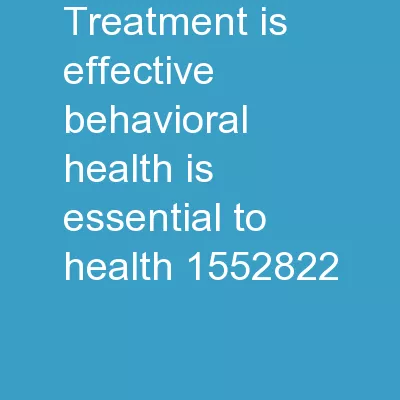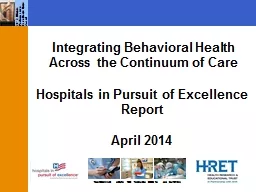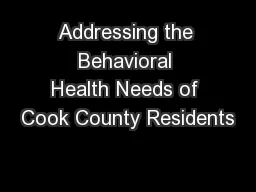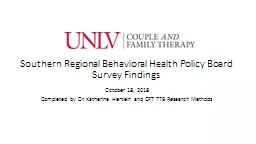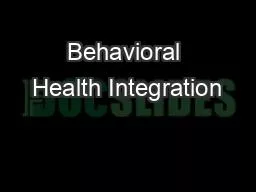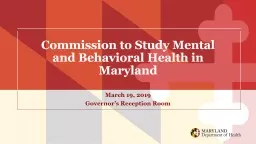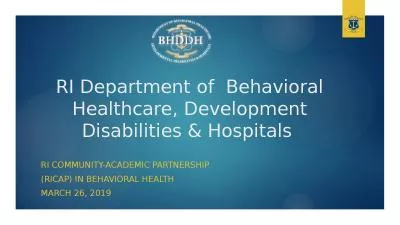PPT-Treatment is Effective Behavioral Health is Essential to Health
Author : kittie-lecroy | Published Date : 2018-11-09
Prevention Works People Recover Improving the quality of life for West Virginians with behavioral health needs West Virginia Department of Health and Human Resources
Presentation Embed Code
Download Presentation
Download Presentation The PPT/PDF document "Treatment is Effective Behavioral Health..." is the property of its rightful owner. Permission is granted to download and print the materials on this website for personal, non-commercial use only, and to display it on your personal computer provided you do not modify the materials and that you retain all copyright notices contained in the materials. By downloading content from our website, you accept the terms of this agreement.
Treatment is Effective Behavioral Health is Essential to Health: Transcript
Download Rules Of Document
"Treatment is Effective Behavioral Health is Essential to Health"The content belongs to its owner. You may download and print it for personal use, without modification, and keep all copyright notices. By downloading, you agree to these terms.
Related Documents

